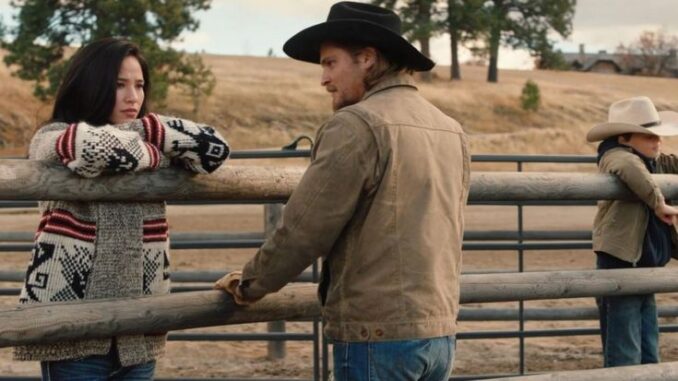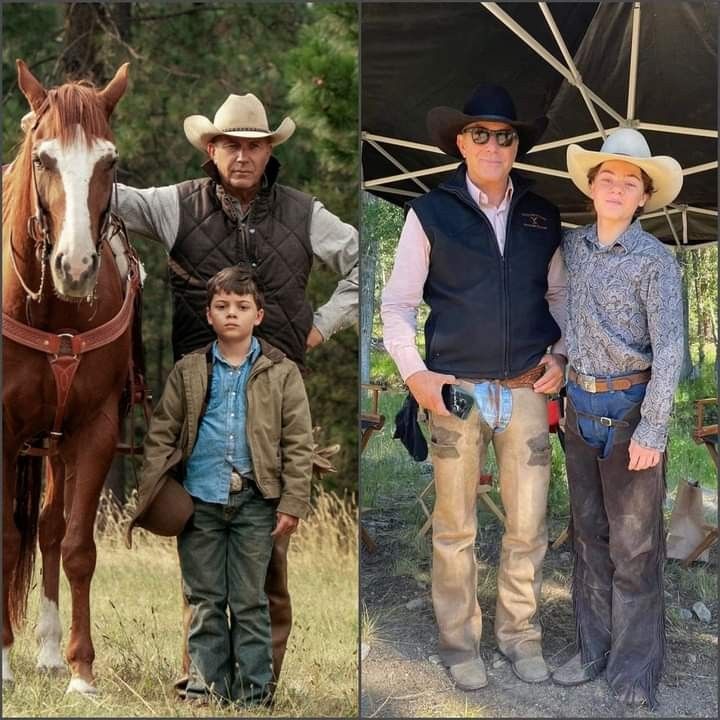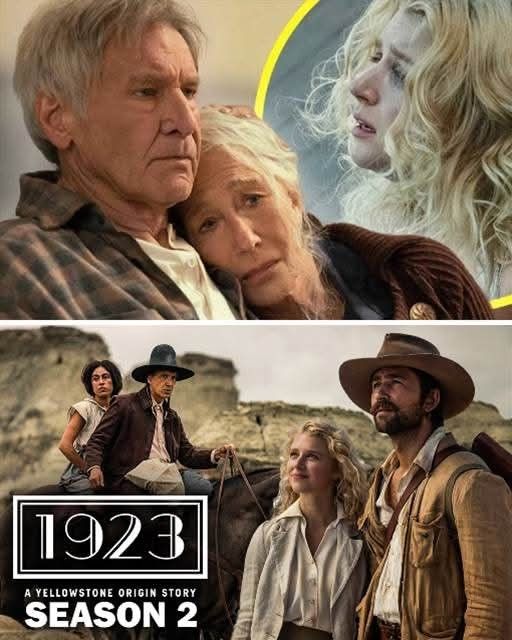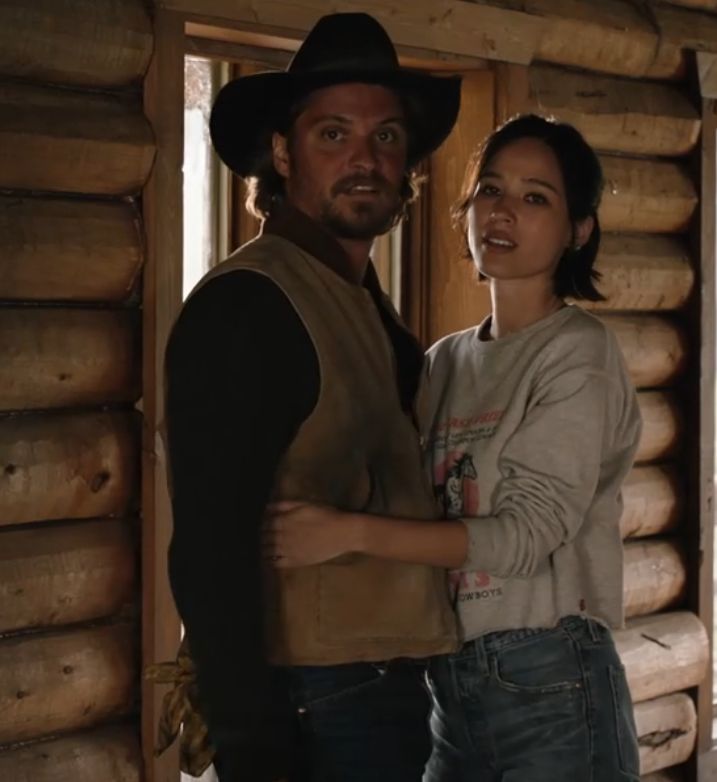
Western TV shows used to be a staple of American entertainment. From the dusty streets of Gunsmoke to the rugged landscapes of Deadwood, the Western genre dominated television screens for decades. But somewhere along the line, the genre faded away, seen as old-fashioned and out of touch. When Yellowstone premiered, many hoped it would spark a revival of the classic Western spirit. Spoiler alert: it didn’t. Instead, Yellowstone effectively put the final nail in the coffin for the Western genre on TV.
Let’s unpack why Yellowstone didn’t just fail to revive Westerns — it actually killed the genre’s chances of a true comeback.

What Was the Western Genre’s Golden Age?
Before diving into Yellowstone, we need to understand what Westerns meant to television. Classic Westerns weren’t just about cowboys and horses. They were a reflection of American values, frontier justice, and the rugged individualism that shaped the nation’s identity.
Shows like Bonanza, The Rifleman, and The Lone Ranger captivated audiences with stories of honor, conflict, and adventure. They set the foundation for the genre’s appeal: clear moral lines, breathtaking landscapes, and characters you could root for.
Why Westerns Disappeared from TV
By the 1980s and ’90s, Westerns vanished from prime-time TV. Why? Audiences’ tastes shifted, society changed, and Hollywood grew tired of the formulaic approach. The genre felt stuck in the past, unable to evolve with modern storytelling or social values.
Newer genres like crime dramas, sci-fi, and fantasy filled the void. Westerns became niche, relegated mostly to movies or occasional miniseries.
Enter Yellowstone: The Western Revival?
When Yellowstone burst onto the scene in 2018, fans and critics hoped for a renaissance. It featured sweeping vistas, family drama, and the classic battle between landowners and outsiders — all hallmarks of traditional Westerns.
But Yellowstone isn’t your granddad’s Western. It’s a mix of soap opera, action thriller, and modern-day power struggle with Western trappings slapped on top. The question is: does that make it a true Western, or something else entirely?
The Problems with Yellowstone’s Western Revival
1. Over-Modernization Dilutes Authenticity
Yellowstone tries to blend classic Western themes with modern conflicts — corporate land grabs, political corruption, and contemporary family drama. This mashup often feels forced, diluting the pure essence that made Westerns unique.
Classic Westerns had simple, direct storytelling. Yellowstone complicates that with convoluted plots and soap-opera style twists that detract from the rawness.
2. Toxic Masculinity Overload
The show leans heavily into hyper-masculine characters who solve problems with guns and intimidation. While classic Westerns had strong male leads, they also showed vulnerability and complexity.
Yellowstone’s portrayal often veers into toxic masculinity, alienating modern viewers who want nuanced characters, not caricatures.
3. The Lack of Moral Clarity
Western heroes used to stand for justice and honor. But in Yellowstone, the lines between good and evil blur until they almost disappear. The main characters frequently make unethical choices, muddying the clear moral landscape viewers expect from Westerns.
How Yellowstone’s Popularity Hurt the Genre
1. It Set a Low Bar for Westerns
Because Yellowstone became wildly popular despite its flaws, it created a misleading perception that this formula is the future of Westerns. Other creators see the soap-opera-plus-guns template and think that’s the only way to succeed, limiting creative diversity.
2. Stereotypes Took Over
Instead of reviving authentic, varied Western stories, Yellowstone leans heavily on clichés — the rugged cowboy, the feisty Native American character, the corrupt businessman. This overused portrayal prevents fresh perspectives from emerging.
3. Audience Fatigue
The show’s melodrama and relentless violence turned off many potential fans. Rather than expanding the genre’s appeal, it narrowed it, making Westerns feel tired and overdone again.
What True Western Revival Could Look Like

If we want to revive the Western genre on TV, it needs a fresh approach — one that honors the core themes without repeating Yellowstone’s mistakes.
1. Diverse Storytelling
Western tales should include more voices: women, Indigenous people, immigrants, and others who lived on the frontier but were historically sidelined.
2. Modern Themes, Classic Heart
Shows can explore today’s issues — land rights, climate change, social justice — through a Western lens while keeping the genre’s spirit intact.
3. Balanced Characters
Bring back heroes and anti-heroes who are complex, flawed, but relatable. Moral ambiguity can stay, but it needs to feel earned and meaningful.
Western Genre vs. Yellowstone: A Comparison
| Aspect | Classic Westerns | Yellowstone |
|---|---|---|
| Storytelling Style | Clear, direct, thematic | Convoluted, soap opera-like |
| Moral Clarity | Strong good vs. evil lines | Blurred, morally gray |
| Characters | Complex, nuanced | Hyper-masculine, often toxic |
| Diversity | Limited | Tokenized |
| Appeal | Broad family audience | Targeted adult viewers |
Why Nostalgia Isn’t Enough to Save Westerns
Sometimes, nostalgia makes us want to bring back what we loved in simpler times. But Westerns can’t survive on nostalgia alone. The genre must grow with the times or risk becoming irrelevant.
Yellowstone tried to use nostalgia but wrapped it in modern-day drama that missed the mark. It’s like trying to fix a classic car by putting a flashy but incompatible engine in it — it looks good but doesn’t run right.

The Role of Streaming Services in Western TV’s Future
Streaming platforms are the new frontier for TV genres. They allow more creative freedom and niche storytelling than network TV ever did.
This could be the best chance for Westerns to evolve, attract diverse audiences, and experiment with new storytelling styles without the pressure of mass appeal.
Will There Be a Western Revival After Yellowstone?
While Yellowstone might have killed the traditional Western TV genre, it also proved there’s still interest in Western themes. The next wave of Western shows could learn from Yellowstone’s mistakes and rebuild the genre stronger.
Creators are already experimenting with Western sci-fi, Western noir, and historical dramas that blend genres and perspectives. These innovations might finally resurrect Westerns in a meaningful way.
Conclusion
So, did Yellowstone revive the Western genre on TV? Not quite. It brought Western imagery and tropes back into the spotlight but at the cost of what made the genre special in the first place. Instead of a revival, it’s more like a genre hijacking that suffocated true Western storytelling under layers of modern melodrama and toxic masculinity.
But all is not lost. The genre’s core themes of justice, survival, and frontier spirit remain powerful. With fresh voices and new storytelling approaches, Westerns can rise from the ashes. They just need to do it on their own terms—not the Yellowstone way.
